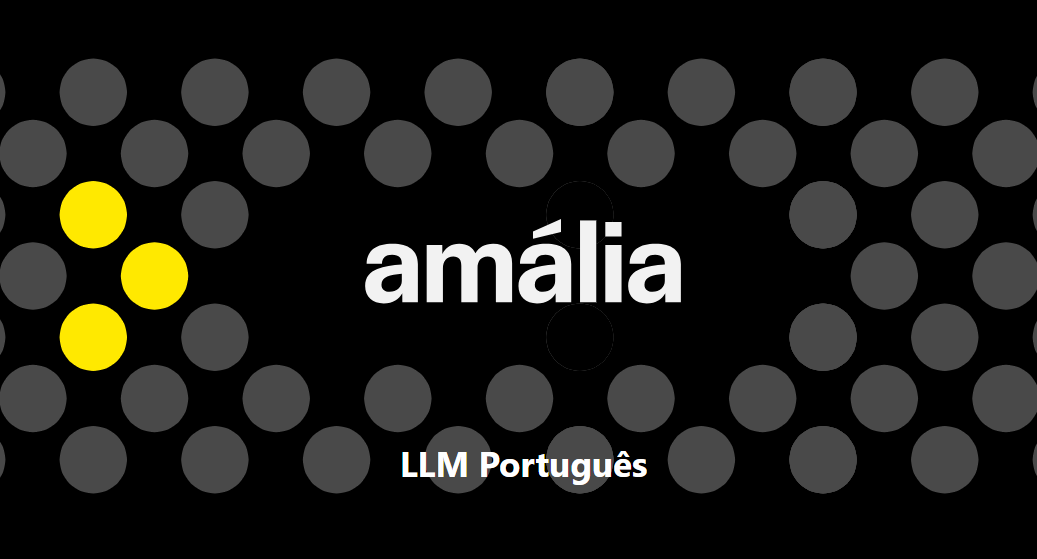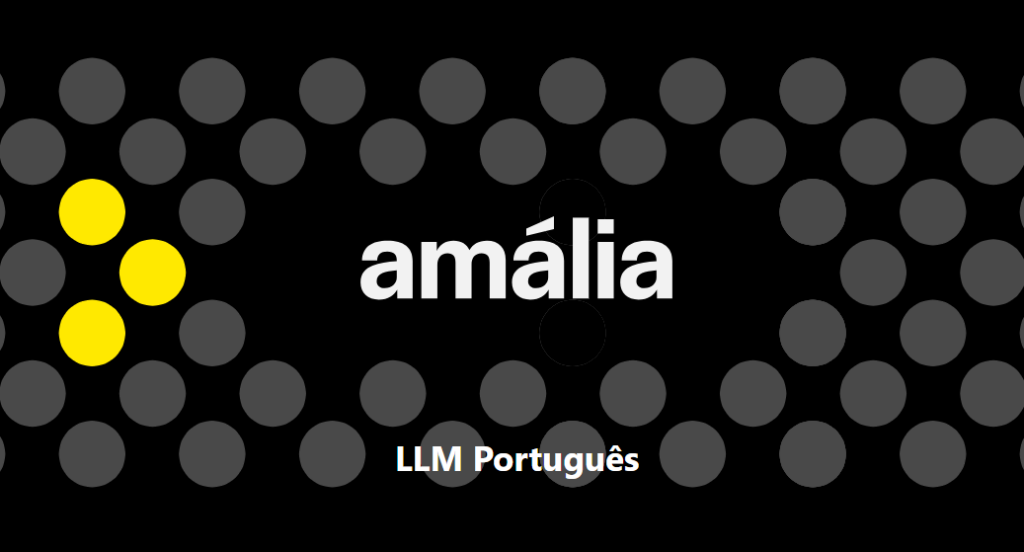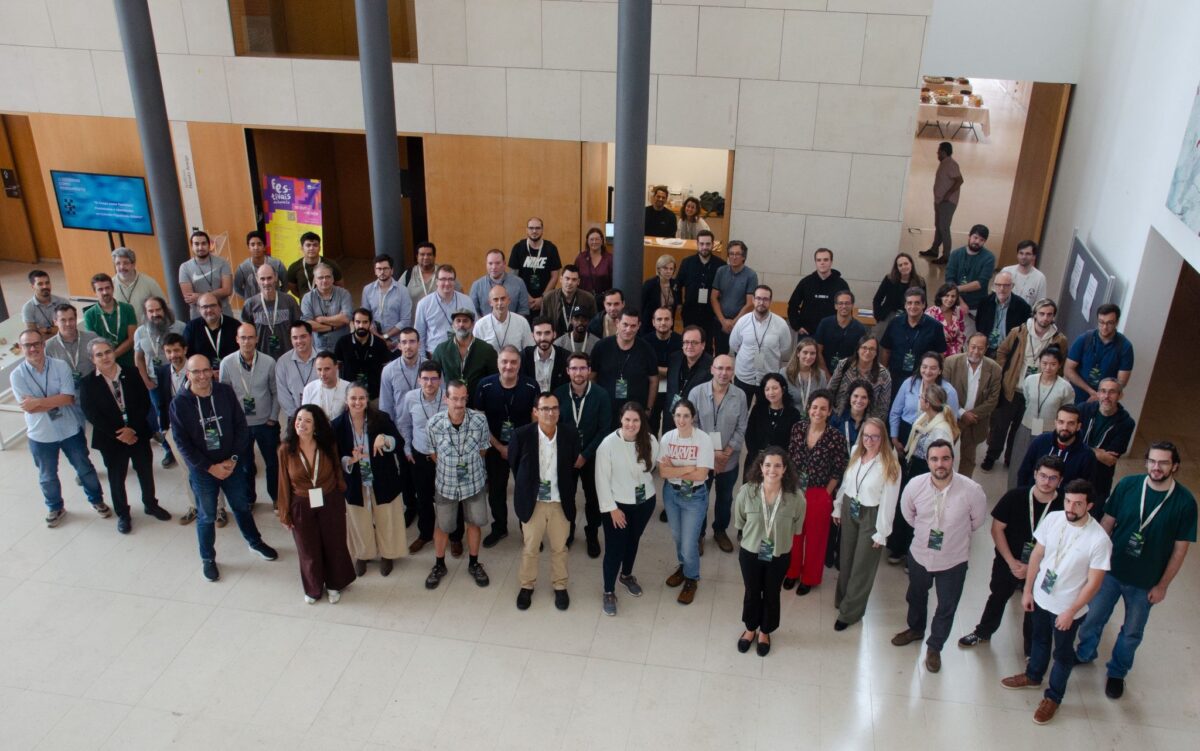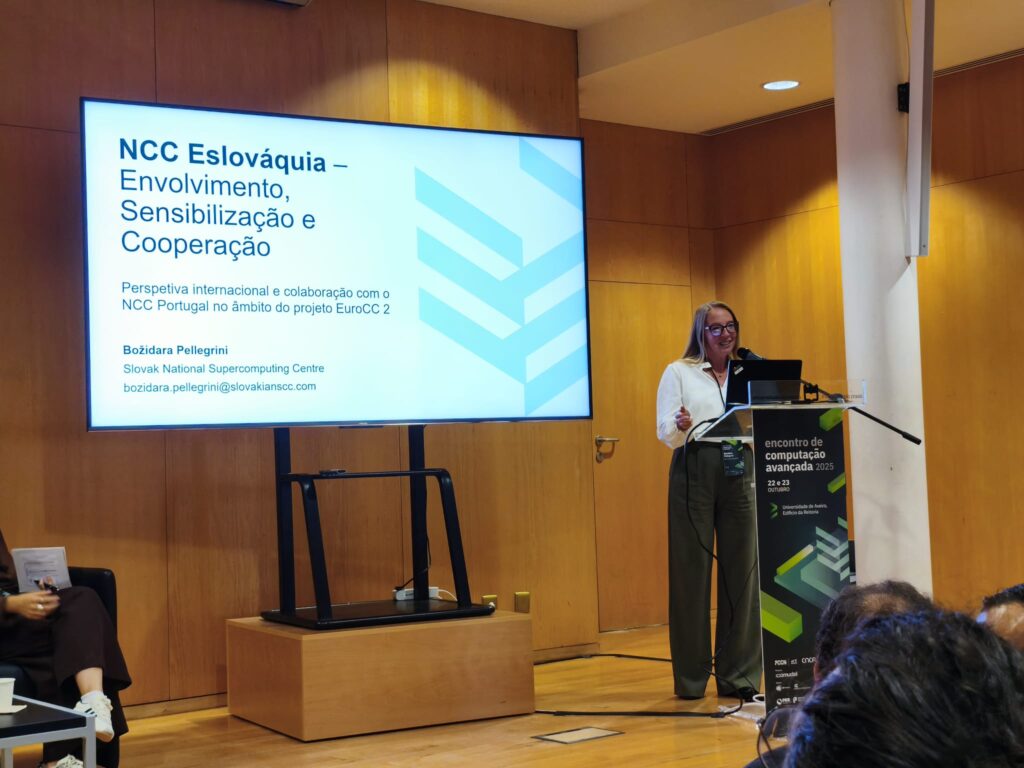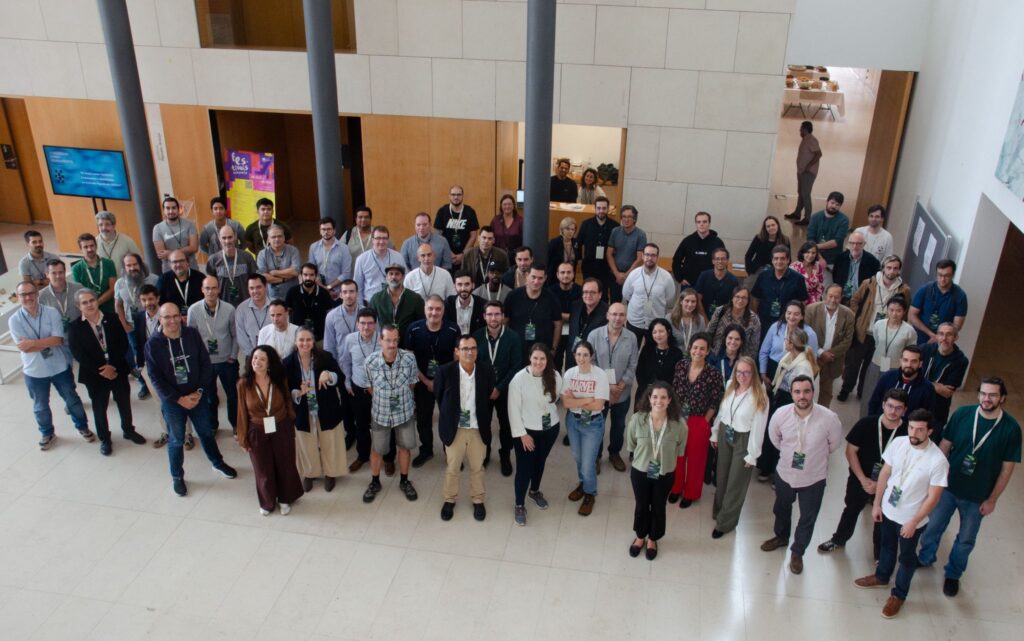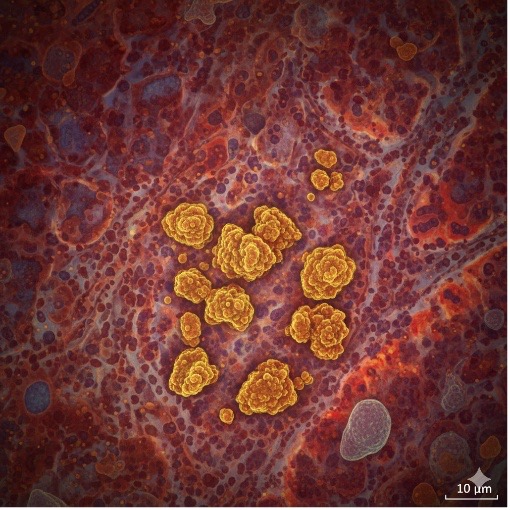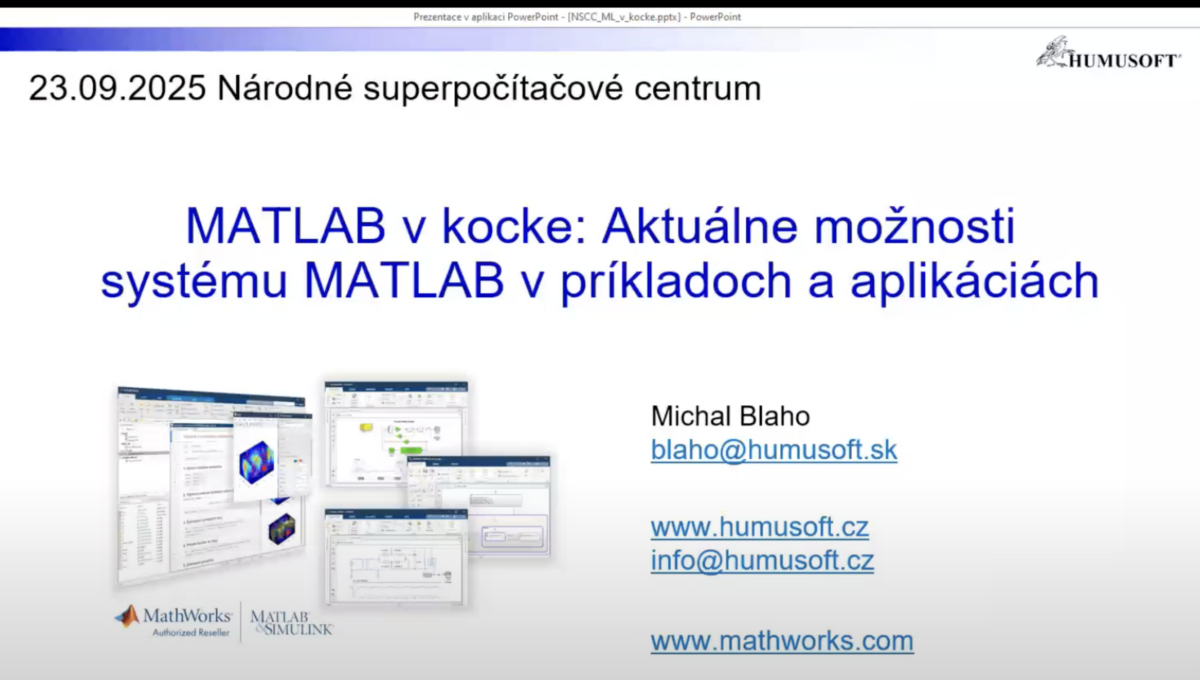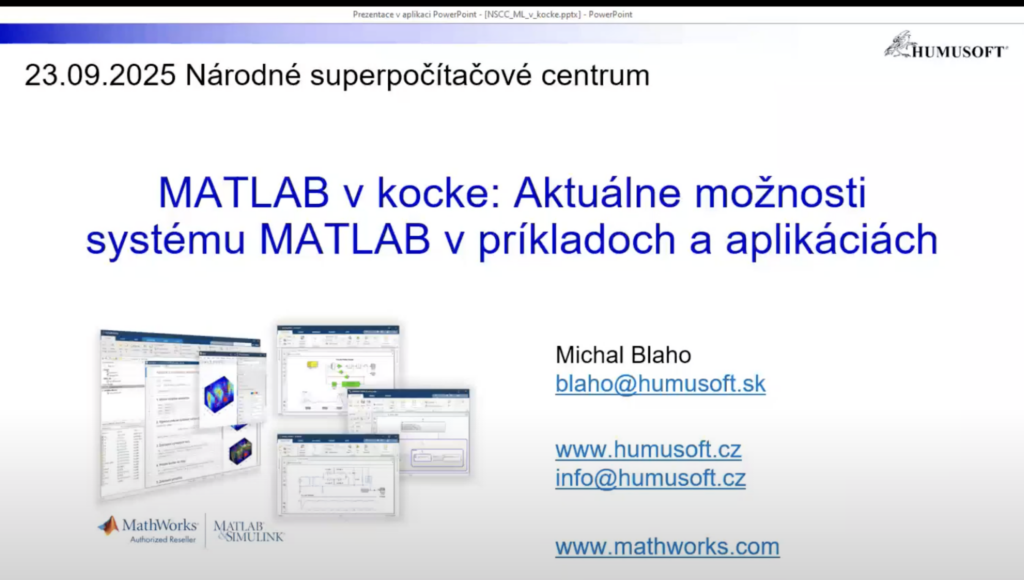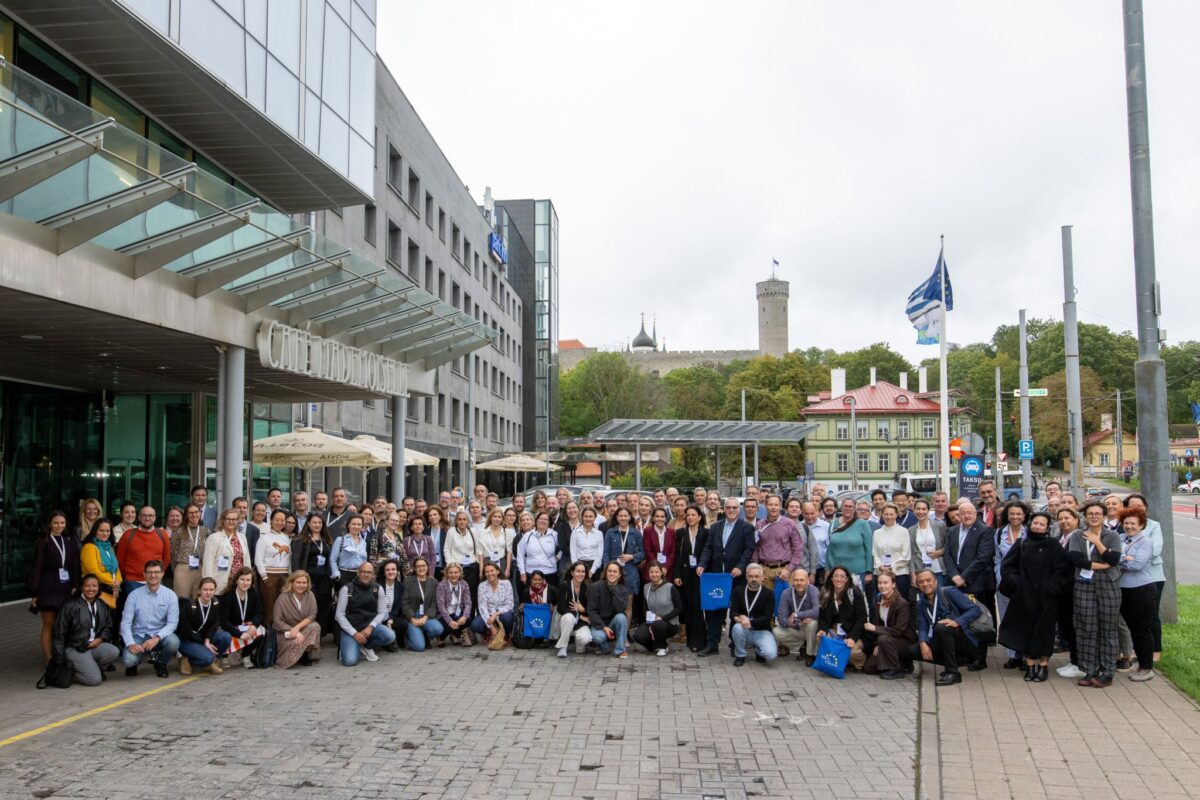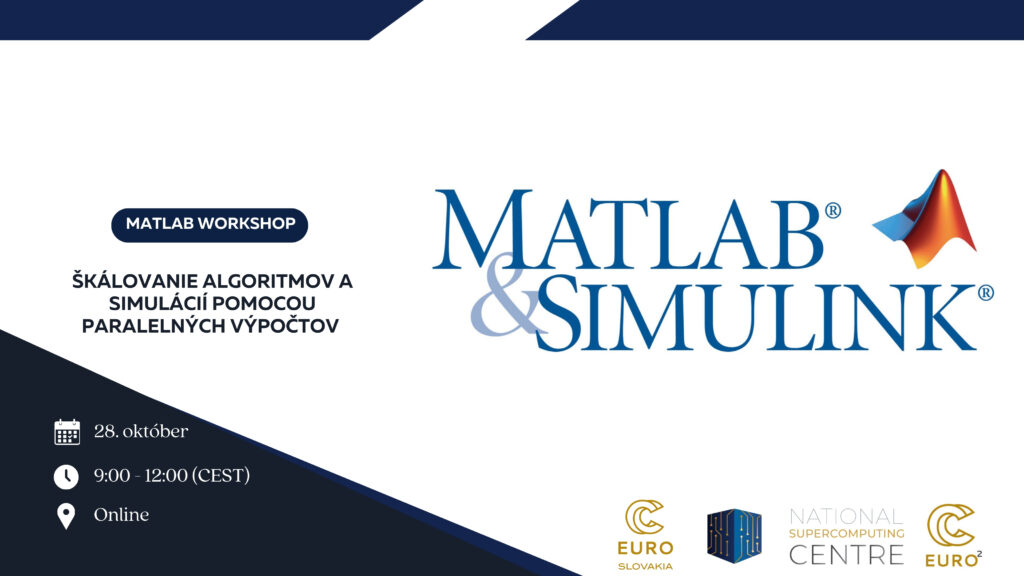Supercomputer for Everyone: Dare to Discover the World of Modern Computing
Once, supercomputers were a mysterious technology accessible only to top scientists working in futuristic laboratories. Today, however, a completely new story is being written. Supercomputers are now available to ordinary users — from universities, small companies, and even public administration — anyone who needs to handle computations far beyond the capabilities of a regular computer.
Researchers have prepared a simple user guide that explains, step by step, how to access available computing power. They did it themselves with the aim of helping anyone who wants to process large datasets, train artificial intelligence, model natural phenomena, or create new technological solutions. Just register, obtain a project, and you can explore, invent, and tackle your boldest ideas.
There’s no reason to be afraid.
You can think of a supercomputer as an extremely powerful machine with thousands of “brains” working together. It’s not sitting in your office or glowing under your desk — it’s housed in a specialized data center, and you control it conveniently through a web browser.
You simply prepare your task and submit it to the system. While the supercomputer gets to work, you can relax and enjoy a cup of coffee. Within minutes or hours, you’ll receive results that would take your laptop weeks to compute — or that it might not be able to handle at all.
Who can it help?
- students processing large amounts of data
- scientists testing new artificial intelligence algorithms
- meteorologists working on weather forecasting
- designers and engineers running simulations and developing new solutions
- doctors and biologists analyzing genomes or medical data
- small innovative companies without their own computing infrastructure
And many other fields are waiting for someone brave enough to explore them.
Why is it important?
We need a new impulse for innovation. We have smart people, bold ideas, and now also a tool that saves time, money, and opens the path to world-class results. The supercomputer is here to accelerate scientific progress and drive economic growth.
The first webinar coming soon
The authors of the guide are preparing a practical webinar designed for complete beginners. We’ll show that access to supercomputing is truly within everyone’s reach — for anyone unafraid to explore new possibilities. The goal is to spark curiosity and break down the barriers between technology and its users.
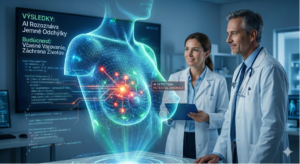 Success story: AI Helps Save Women’s Lives 17 Dec - Strach z rakoviny prsníka je tichým spoločníkom mnohých žien. Stačí jedno pozvanie na preventívne vyšetrenie, jeden telefonát od lekára či jedno čakanie na výsledky – a myseľ je plná otázok: „Som v poriadku?“ „Čo ak nie?“ „Môže sa niečo prehliadnuť?“
Aj keď skríning potvrdí negatívny nález, obavy často pretrvávajú.
Success story: AI Helps Save Women’s Lives 17 Dec - Strach z rakoviny prsníka je tichým spoločníkom mnohých žien. Stačí jedno pozvanie na preventívne vyšetrenie, jeden telefonát od lekára či jedno čakanie na výsledky – a myseľ je plná otázok: „Som v poriadku?“ „Čo ak nie?“ „Môže sa niečo prehliadnuť?“
Aj keď skríning potvrdí negatívny nález, obavy často pretrvávajú. VICE and the Digital Twin at the Pre-Christmas Hydrogen Infoday 11 Dec - Dňa 10. decembra 2025 sme sa zúčastnili podujatia Predvianočný vodíkový Infoday v Bratislave. Súčasťou programu bola prezentácia VICE – Vertical Integrated Cyclic Energy, Hydrogen, vedená Laurie Farmerom a Luciou Malíčkovou.
VICE and the Digital Twin at the Pre-Christmas Hydrogen Infoday 11 Dec - Dňa 10. decembra 2025 sme sa zúčastnili podujatia Predvianočný vodíkový Infoday v Bratislave. Súčasťou programu bola prezentácia VICE – Vertical Integrated Cyclic Energy, Hydrogen, vedená Laurie Farmerom a Luciou Malíčkovou. 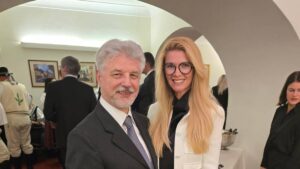 Strengthening Slovak–Romanian Cooperation and the Development of Scientific Partnership 8 Dec - Romania’s National Day is a significant historical milestone commemorating the Great Union of 1918, when Transylvania, Bessarabia, and Bukovina united with the Kingdom of Romania. This moment laid the foundations of the modern Romanian state and remains a powerful symbol of national identity and unity to this day.
Strengthening Slovak–Romanian Cooperation and the Development of Scientific Partnership 8 Dec - Romania’s National Day is a significant historical milestone commemorating the Great Union of 1918, when Transylvania, Bessarabia, and Bukovina united with the Kingdom of Romania. This moment laid the foundations of the modern Romanian state and remains a powerful symbol of national identity and unity to this day.


